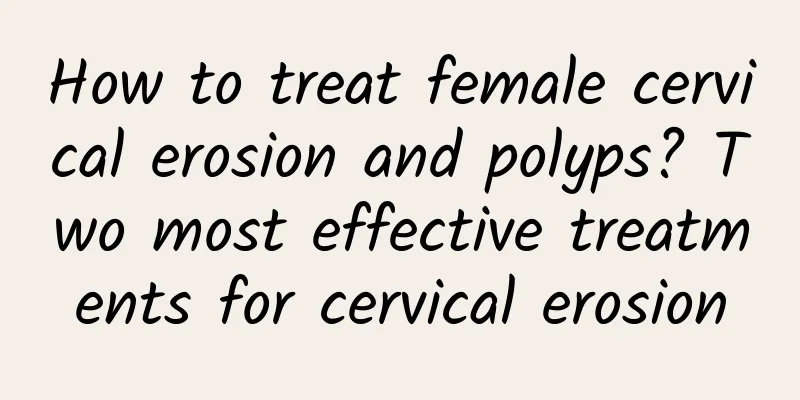Painless uterine-preserving abortion

|
Painless uterine-preserving abortion is an option many women consider after an unexpected pregnancy. It is called "painless" because anesthesia is used during the procedure to reduce the pain. For many women, choosing painless uterine-preserving abortion is a hope for a better experience both physically and mentally. So, what exactly is this procedure like? Let's take a look. The main advantage of painless uterine-preserving abortion is its "painless" nature. During the operation, the anesthesiologist will inject anesthetic drugs intravenously to put the patient in a sleep state during the operation, with almost no pain. This is undoubtedly a blessing for women who are particularly sensitive to pain or have a fear of surgery. At the same time, the application of uterine-preserving technology can also better protect the uterus during the operation, reduce damage to the endometrium, and reduce the risk of postoperative complications. Although painless uterine-preserving abortion sounds ideal, not all women are suitable for this operation. A comprehensive examination before the operation is very important. The doctor needs to use B-ultrasound and other examinations to determine the location and size of the gestational sac, as well as whether the woman's physical condition is suitable for the operation. Preoperative preparation can not only improve the safety of the operation, but also help doctors develop a more personalized surgical plan. Postoperative care should not be neglected either. Although the operation is painless, the body still needs time to recover. Generally speaking, you need to rest for one to two weeks after the operation. During this period, you should pay attention to a balanced diet, avoid strenuous exercise, and maintain a good mental state. Regular checkups are also an important step to ensure physical recovery. Through checkups, doctors can promptly detect and deal with possible problems after the operation to ensure that the body returns to its best condition. Although painless uterine-preserving abortion provides a relatively comfortable solution, it is not a contraceptive measure. Frequent abortions may cause harm to women's bodies, especially to the uterus. Taking contraceptive measures and avoiding unwanted pregnancies are the fundamental ways to protect your health. Painless uterine-preserving abortion is an option under certain circumstances, but it cannot replace scientific contraceptive methods. When women are considering surgery, it is best to fully communicate with their doctors, understand the risks and precautions of the surgery, and make comprehensive preparations before and after the surgery to ensure their own health and safety. |
<<: How often should sanitary napkins be changed?
>>: What does hemorrhage mean?
Recommend
How to treat premature ovarian failure?
As for the question of whether premature ovarian ...
How to diagnose pelvic inflammatory disease
Diagnosis of pelvic inflammatory disease: There a...
Symptoms of uterine fibroids
I believe that everyone is no longer unfamiliar w...
Avocado plays 5 important roles in burning fat and fighting inflammation
Avocado is a delicious fruit, and you would never...
Patients should pay attention to the postoperative precautions for cervical erosion
Cervical erosion is a very harmful disease, and w...
What should I do if my menstruation is delayed due to improper diet?
What should I do if my menstruation is delayed du...
What are 12 simple ways to eliminate period cramps?
Dysmenorrhea is a chemical problem. The lining of...
Can I have an IUD if I have pelvic effusion?
IUD is a contraceptive measure for women who do n...
What medicine should women use for third-degree cervical erosion? Try these methods to treat cervical erosion
Cervical erosion is a gynecological disease with ...
Is vaginitis the same as acute vaginitis?
Vaginitis and acute vaginitis are both essentiall...
Avoid gaining weight during the New Year by eating too much - 4 exercises to bring good luck and lose weight
With the non-stop year-end parties and dinners st...
What is the detection method for cervical warts?
Improper relationships between men and women have...
What are the symptoms of uterine fibroids? There are 6 typical symptoms of uterine fibroids.
How to judge the symptoms of uterine fibroids? Si...
Is congenital absence of vagina examined by colposcopy?
In life, as female friends, we are often troubled...
How to make sure the abortion is clean? Doctors recommend these 4 methods
To determine whether a miscarriage is complete, a...









